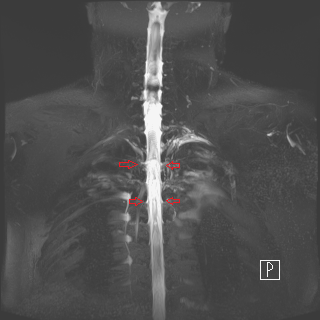Chih-Jen Hung
Taichung Veterans General Hospital, Taiwan
Title: MR myelography for postoperative orthostatic headache
Biography
Biography: Chih-Jen Hung
Abstract
We report the case of a man who presented with orthostatic headache postoperatively. The procedure of mid-thoracic epidural catheterization for posthoracotomy pain management was performed before induction of anesthesia. Unfortunately, theprocedure was abandoned due to some fluid aspirated from the epidural catheter. After operation, the patient complained of a severe headache for the first time when he was in the upright position. However, the findings of magnetic resonance (MR) myelography were characteristic of spontaneous intracranial hypotension (SIH), and the patient was successfully treated by an epidural blood patch at T1 level. Some reports implied that epidural anesthesia/analgesia might be a possible triggering factor of SIH in patients with an underlying structural weakness of spinal meninges. MR myelography can detect the pooling of CSF leakage. The T2-weighed MR image of our patient revealed dural sinus engorgement with contrast enhancement along bilateral nerve root sleeves of 5 levels from C7-T1 toT5-6 and left nerve root sleeve of C6-7 which indicated the presence of multiple simultaneous leaks at different spinal levels. The present case suggests that MR myelography could be carried out in patients with postoperative orthostatic headache when accidental dural puncture was not confirmed.
Image

Figure 1: T2-weighed MRI revealed contrast enhancement along neural sleeves of C7-T1.

Figure 2: Many CSF leak lesions along multiple nerve root sleeves.

